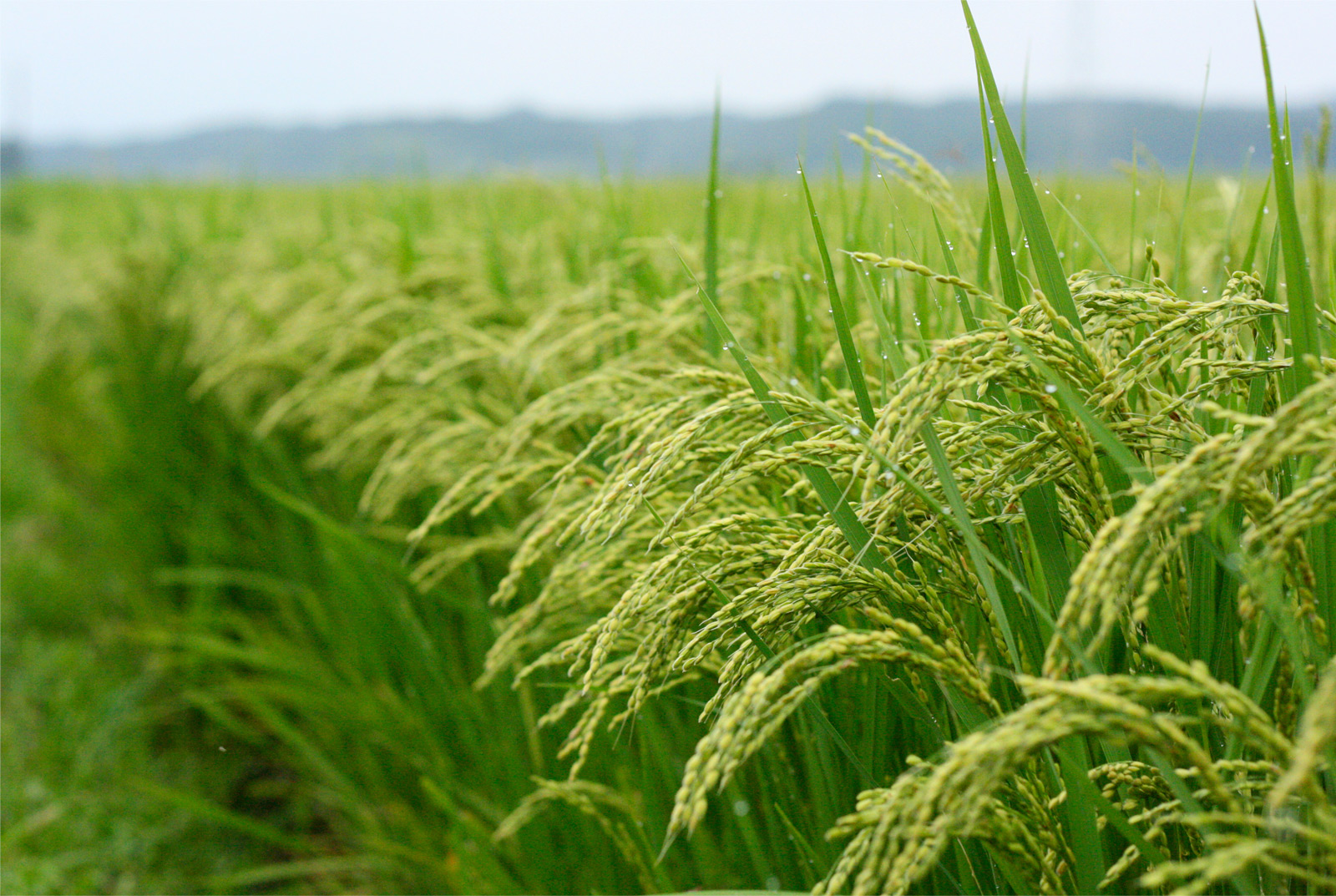Climate change is one of the major global challenges of the 21st Century, and is one of the key priorities of the discussion in the International for a since last few years. The adverse impacts of climate change are affecting all countries, especially developing countries, including persistent drought and extreme weather events, rising sea levels, coastal erosion and ocean acidification, further threatening food security, water, energy and health, and more broadly efforts to eradicate poverty and achieve sustainable development. Combating climate change would require substantial and sustained reductions in greenhouse gas emissions GHG, which, together with adaptation, can limit climate change risk. Indeed adaptation and mitigation actions are complementary for reducing and managing the risks of climate change. Considering that the climate change is a continued challenge, the focus on this critical area needs to be continued with greater emphasis. Keeping this view, one scheme had been strengthened and efforts were made to build on the initiative taken during XI Five Year Plan. To meet the challenges of sustaining domestic food production in the face of changing climate and to generate information on adoption and mitigation in agriculture to contribute to global fora like UNFCCC, the Indian Council of Agricultural Research launched a Flagship Network Project entitled ‘National Initiative on Climate Resilient Agriculture (NICRA)’ during XI Plan in February 2011, and during XII Plan, it was renamed as ‘National Innovations in Climate Resilient Agriculture (NICRA)’.
Objectives:
- To enhance the resilience of Indian agriculture covering crops, livestock and fisheries to climatic variability and climate change through development and application of improved production and risk management technologies
- To demonstrate site specific technology packages on farmers’ fields for adapting to current climate risks
- To enhance the capacity building of scientists and other stakeholders in climate resilient agricultural research and its application
- To draw policy guidelines for wider scale adoption of resilience-enhancing technologies and options
The overall expected outcome has been enhanced the resilience of agricultural production to climate variability in vulnerable regions. Initially, 100 KVKs all over India were selected for implementation of the project. In addition to that 21 more KVKs throughout the country have been included for carrying out the project as per approved XII Five Year Plan. The research on adaptation and mitigation covers crops, livestock, fisheries and natural resource management. The project is comprised of following four components.
- Strategic research through network as well as Sponsored / Competitive Grants mode
- Technology demonstration on farmers’ fields to cope up with current climate variability
- Knowledge Management
- Capacity building of different stakeholders
Technology Demonstration Component (TDC) is one of the most important components of this project through which demonstrations are conducted with site specific technology packages on farmers’ fields, encouraging the farmers to adopt new technologies to cope with the emerging threat of climate change as well as current climate vulnerability. Both short and long term output are expected from the project pertaining to new and improved varieties of crops, livestock breeds, management practices that help in the development of policy making to mainstream climate resilient agriculture in the path of developmental planning. Enhancing resilience is one of the important keys to achieve sustainability in agriculture especially in the background of climate vulnerability and climate change. The vulnerabilities of the respective KVK districts are mentioned as under.
List of districts and KVKs with climate vulnerability
| Sl.
No. |
State | NARP Zone | Districts | Climate vulnerability |
| 1. | A&N Islands | Coastal Zone | Port Blair | Cyclone |
| 2. | Odisha | North-Eastern Ghat | Ganjam 1 | Drought |
| 3. | Odisha | Western Central Table | Bolangir | Drought |
| 4. | Odisha | Western Undulating zone | Kalahandi | Drought |
| 5. | Odisha | East & South Eastern Coastal Plain | Kendrapara | Flood / Cyclone |
| 6. | Odisha | North Central Plateau | Keojhar | Drought / Flood |
| 7. | Odisha | East & South Eastern Coastal Plain | Puri | Heavy rainfall with irregular distribution, flood |
| 8. | Odisha | East & South Eastern Coastal Plain | Jagatsinghpur | Flood/Cyclone |
| 9. | Odisha | North Eastern Coastal Plain | Bhadrak | Flood, eratic distribution of rain, thunderstorm in summer |
| 10. | Odisha | Mid Central Table Land | Dhenkanal | Erratic, unseasonal rainfall with irregular distribution |
| 11. | West Bengal | Terai Zone (WB-2) | Coochbehar | Heavy rainfall |
| 12. | West Bengal | Old Alluvial Zone (WB-3) | Malda | Flood |
| 13. | West Bengal | Coastal Saline Zone (WB-6) | South 24 Parganas | Cyclonic storm/heavy rainfall within short period |
| 14. | West Bengal | Coastal Saline | North 24 Parganas | Cyclone and Flood prone with soil salinity during Rabi-Summer |
| 15. | West Bengal | Red Lateritic | Purulia | Intermediate drought, Heat wave |
| 16. | West Bengal | Old Alluvial | Mursidabad II | Drought |
| 17. | West Bengal | Hill | Kalimpong | Cold and foggy |
Salient achievements of the project:

